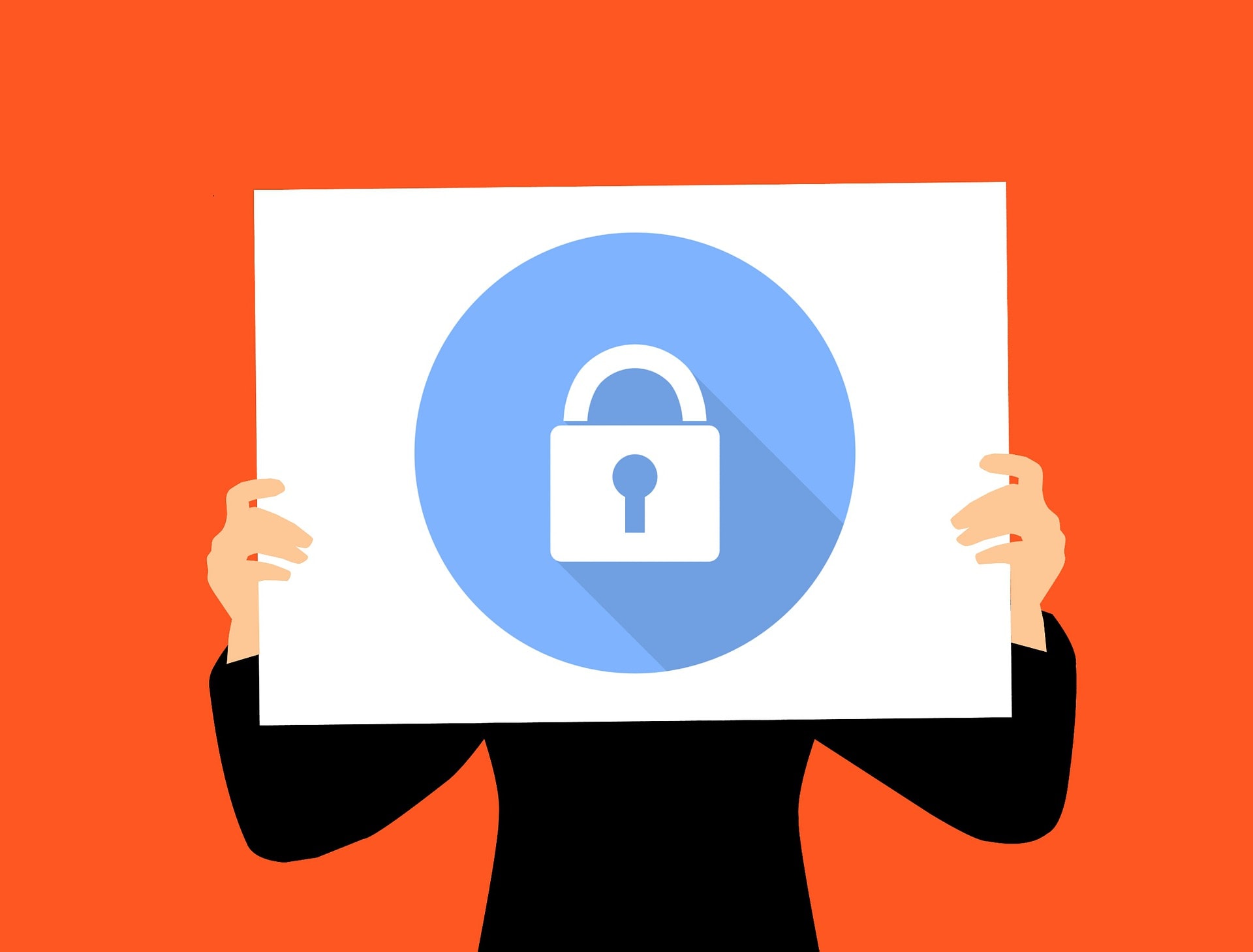Are you concerned that your eCommerce site is not doing enough to protect your customers’ data? If so, you are not alone. According to a recent report, approximately two-thirds of online shoppers are worried about their personal information being stolen when they make a purchase online.
In this post, we will look at some of the most common ways that ecommerce sites can protect customer data, and how you can implement these measures on your own site. Let’s get started!
4 Types of Ecommerce Data Breaches
In the digital age, ecommerce has become a booming industry. With more and more people shopping online, businesses have turned to the internet to sell their products and services. However, this also means that businesses are at risk for data breaches.
A data breach is when confidential or private information is accessed or stolen by an unauthorized individual. This can include financial information, customer data, employee information, and more.
There are four main types of ecommerce data breaches: stolen information, password guessing, phishing, and malware virus.
Stolen information
Stolen information is when confidential or private information is accessed or stolen by an unauthorized individual. This can include financial information, customer data, employee information, and more.
One of the most common types of data breaches is when personal information is stolen by hackers. They may gain access to this information through a cyber attack or by stealing passwords and login credentials.
Password guessing
Password guessing is when an attacker tries to guess your login credentials. They may do this by using common passwords or trying to brute force their way in. Brute force attacks involve trying every possible combination of letters, numbers, and symbols until they find the right one.
Phishing
Phishing is a type of social engineering attack where the attacker tries to get you to reveal your login credentials or other sensitive information. They do this by sending you fake emails or text messages that look like they’re from a trusted source.
Be sure to always check the sender’s email address and website URL before clicking on any links or entering any personal information.
Malware virus
Malware viruses are another common type of data breach. These are attacks that install software on your computer that can steal your personal information or track your activities. Some of the most common viruses include ransomware, spyware, and Trojans.
If your business experiences a data breach, it’s important to take steps to protect yourself and your customers. You should immediately change your passwords and login credentials, update your antivirus software, and contact your credit card company to cancel any compromised cards.
You should also notify the appropriate authorities so they can investigate the attack. Data breaches can be costly for businesses both financially and reputationally.
It’s important to take steps to protect yourself from these attacks by using strong passwords, updating your software, and being vigilant about phishing scams.
Cost of an Ecommerce Data Breach
-
Financial implications of a data breach
A data breach is a serious security incident in which sensitive, confidential, or protected data is accessed and/or stolen by unauthorized individuals.
A data breach can have significant financial implications for both the organization involved and the individuals whose data has been compromised.
Organizations may incur costs associated with investigating the breach, notifying affected individuals, providing credit monitoring services, and business interruption. Individuals may experience financial damages if their personal information is used to commit fraud or identity theft.
Data breaches can also result in reputational damage, which can lead to lost customers and revenue. As the frequency and cost of data breaches continue to rise, it is important for organizations to take steps to protect their data and their customers’ information.
One way to do this is to invest in robust security measures such as encryption and firewalls. By taking these steps, organizations can help to prevent costly data breaches from occurring.
-
Customer trust after a data breach
In the wake of a data breach, organizations face a daunting task: they must rebuild customer trust. This is no small feat, as data breaches have a damaging effect on public opinion.
In a recent study, nearly two-thirds of consumers said they would hesitate to do business with a company that had experienced a data breach. Furthermore, nearly one-third of respondents said they would never do business with a company that had suffered a data breach.
Given these numbers, it’s clear that organizations must take action to restore customer trust after a data breach. One way to do this is to be transparent about the incident and what steps are being taken to prevent it from happening again.
Additionally, organizations should provide customers with resources and support to help them protect their personal information. By taking these steps, companies can begin to repair the damage caused by a data breach and rebuild customer trust.
-
Brand reputation impact

A company’s reputation is important for many reasons. A good reputation attracts new customers and business partners, while a bad reputation can scare them away.
A company with a good reputation also tends to have lower costs, because they are trusted and have repeat business. In addition, a company’s reputation can impact its ability to attract and retain employees.
Employees want to work for a company that they respect and that has a good reputation in the community. A bad reputation can also lead to legal problems, as customers and employees may be more likely to file lawsuits against a company that they perceive as being untrustworthy or unethical.
As such, it is clear that a company’s reputation is very important, and companies should take care to protect and enhance their reputations.
How to Protect Your Store From a Data Breach
-
Choose the right eCommerce platform
There are many factors to consider when choosing an eCommerce platform, and the right option for your business will depend on a variety of factors including your budget, your technical skills, and the needs of your customers.
If you’re just starting out, you may want to choose a platform that is easy to use and doesn’t require a lot of technical know-how. Shopify and WooCommerce are two popular options that fit this criterion.
If you have a larger budget and are looking for more customization options, then platforms like Magento and PrestaShop may be better suited for your needs. Once you’ve narrowed down your choices, take some time to try out each platform to see which one offers the best experience for you and your customers.
-
Use SSL encryption

When transmitting sensitive data, it is important to take measures to protect the information from being intercepted by unauthorized individuals.
One way to do this is to use SSL encryption. SSL (Secure Sockets Layer) is a protocol that provides communication security over the internet. SSL uses both data encryption and authentication to protect data from being accessed by unauthorized individuals.
Data encryption scrambles the data so that it can only be decoded by the intended recipient. Authentication verifies that the data is coming from a trusted source.
When combined, these two features make it very difficult for unauthorized individuals to access the data. As a result, SSL encryption is an important tool for protecting sensitive information.
-
Selectively collect customer data.
In today’s increasingly digital world, it’s more important than ever for businesses to selectively collect customer data. With so much information available, it can be tempting to try to gather as much data as possible.
However, this can often lead to problems such as information overload, privacy concerns, and security risks. By carefully selecting the data that you collect, you can avoid these issues and ensure that you are able to effectively use the information to improve your business.
When collecting data, consider what you hope to achieve and only collect the information that will be most useful in achieving your goals. In addition, be sure to take steps to protect the privacy of your customers and ensure that their data is safe from potential hackers.
By following these guidelines, you can collect the customer data you need without running into any problems.
-
Use a malware scanner
Malware is a type of software that is designed to damage or disable computers. It can come in the form of viruses, spyware, or Trojans. Although it is difficult to completely protect your computer from malware, you can reduce the risk of infection by using a malware scanner.
Malware scanners work by scanning your computer for known malicious software and then removing it. Some scanners also have the ability to block new malware from running on your system.
To use a scanner effectively, you should scan your computer regularly, especially after installing new programs or visiting new websites. By taking these precautions, you can help to keep your computer safe from malware.
Quick Links
- How to Choose the Best Ecommerce Platform for Startups
- Jungle Scout Customer Reviews: Why Choose JS?
- How To Start A Yahoo eCommerce Store- Best Guide
Conclusion: Protect Your Customers’ Data Against Ecommerce Data Breach
Despite the challenges, implementing these data protection processes is essential to safeguarding your customers and ensuring their trust. By following these steps, you can help mitigate the risk of an eCommerce data breach at your business.
Have you taken any steps to protect your customers’ data? Share your tips in the comments below.


